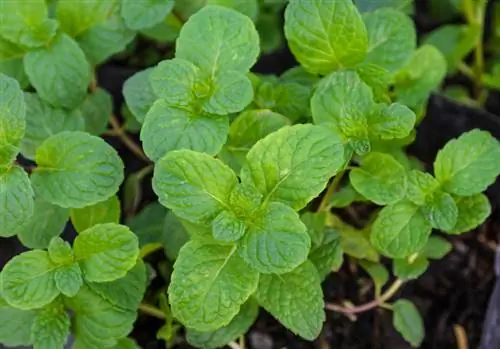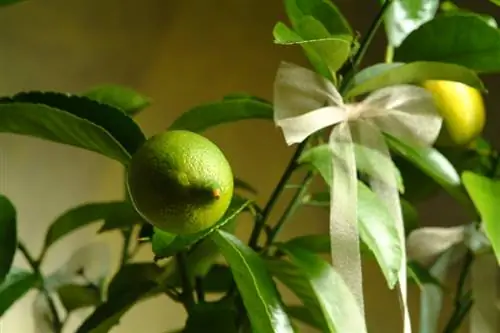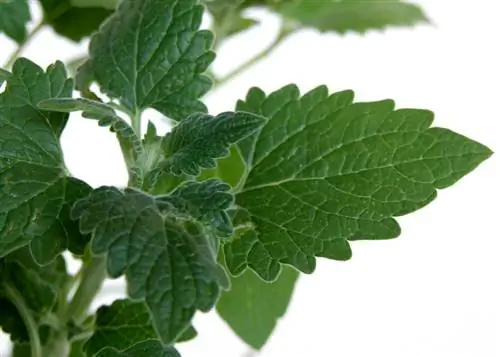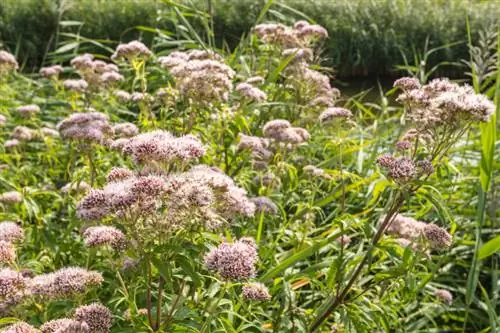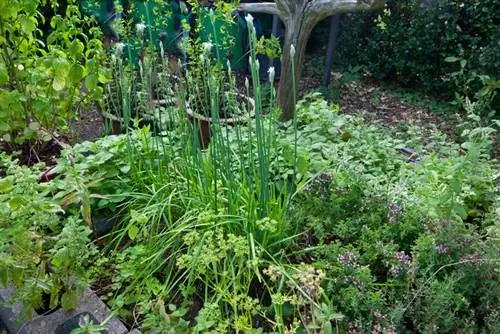- Author admin [email protected].
- Public 2023-12-16 16:46.
- Last modified 2025-06-01 06:02.
Lemon balm thrives in the right location. However, some fundamental aspects of care should not be neglected. Here you will find answers to all important questions - short, precise and practical.
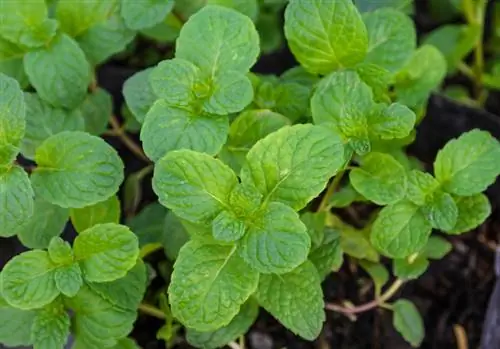
How do I care for lemon balm properly?
Proper care for lemon balm includes regular watering for young plants, occasional fertilization for potted plants, pruning before flowering, winter measures and protection from pests and diseases. Regular harvesting promotes the growth and aroma of the plant.
How to water lemon balm?
The water requirement depends on age. Freshly planted, lemon balm is watered regularly. As soon as the soil surface has dried, water it. Well-established specimens make do with natural rainfall and are only watered when the summer is dry.
Does lemon balm require fertilizer?
As a weak eater, lemon balm's nutrient requirements are at a low level. If the herb plant finds an adequate location in the bed with humus-rich soil, the application of fertilizer is unnecessary. If you are up for the challenge of growing in a container, fertilize lemon balm every 14 days from April to August with organic liquid fertilizer (€13.00 on Amazon).
Is pruning necessary?
As a popular herb plant, cutting and harvesting lemon balm go hand in hand. Lovingly cared for in a sunny spot, the Mediterranean mint family produces up to four harvests per season. It is exactly the pretty flowers that are not wanted. Shortly before, the aroma content is at its highest level, only to reduce dramatically after flowering. Therefore cut lemon balm like this:
- cutting takes place before the flowers unfold
- cut the branches early in the morning
- the dew should have dissipated
- leave at least 10 centimeters of a shoot on the plant
- the lemon balm sprouts again from the base piece
Only the last pruning before the first frost is done close to the ground. Excess cuttings can be excellently preserved by drying, freezing or pickling.
How does wintering succeed?
Here's good news for hobby gardeners: lemon balm is completely hardy. After the first frost, the above-ground parts of the plant die and are cut off. The underground rhizome sprouts again next spring. Only lemon balm in the pot requires winter protection so that the root ball does not freeze. The planter is wrapped with bubble wrap and placed in front of the south wall of the house.
The only care measure during wintering is to water the herb plant in the bed and pot every now and then on a frost-free day, provided there is no snow to provide water.
Are there any concerns about diseases and pests?
It is the high content of essential oils that pampers our noses and at the same time keeps pathogens and pests at a distance. However, lemon balm is not completely immune. The following problems in cultivation can occur:
- Fungal infections caused by mildew
- Leaf spot disease
- Aphids
While leaf spot disease cannot yet be combated, there are various home remedies available to cure powdery mildew and aphids.
Tips & Tricks
An unpleasant side effect of lemon balm is a headache, especially in small gardens. The herb plant is rampant. Resourceful hobby gardeners put a stop to this tendency by planting lemon balm in the garden soil in a bottomless pot. The edge of the container should be 5 centimeters above the ground.

